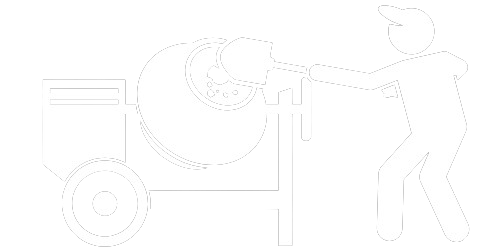Cement is an essential commodity in construction business since it represents the backbone of structures in the globe.
As the construction sector turns to sustainable and durable construction cements factories have sought to ramp up production to fulfil global demands. One question often arises: Where is the largest cement plant?
This is a comprehensive piece that focuses on the biggest cement production facilities across the globe and will briefly explain how much cement they produce as well as the firms that dominate the industry.
Further, we also identify factors that define competitiveness of these factories in the excessively competitive cement industry.
The 4 biggest cement producers of the world.
As mentioned earlier cement industry is extremely huge with a number of large production houses present around different parts of the world or continents. Among them the biggest cement factories have the largest market share due to their superior production facility and efficiency.
Holcim – The USA:
Holcim is one of the biggest cement producers in the world, the company possesses the largest cement plant in the United States. Located in Ste.
This plant is located in Genevieve County, Missouri with the capability of producing over 4 Million metric tones per annum.
Anhui Conch Cement Company – China:
It is one of the leading Chinese cement manufacturers having a large market share across the world.
Among them, the plant located in Tongling, China is one of the largest having annual production capacity of more than 200 million tonnes.
LafargeHolcim – Switzerland:
This firm was formed by merger of Lafarge and Holcim; it owns several plants across the globe. It has a production plant in Ras al-Khaimah, UAE that consists of a relatively huge factory and vast production line.
Cemex – Mexico:
The production facility located in Monterrey in Mexico stands for one of the largest facilities owned by Cemex because of its sophisticated technology and productivity.

Understanding Cement Production Capacity
Quality and capacity of cement production are the measures that help to determine the size and productive capacity of cement factories. The higher the production capacity, the more a plant can produce leading to the supply of construction needs in the globe.
Metric Tons per Year:
This is the standard method of measuring productivity, capability or the output of a production line.
Largest factories can be calculated in terms of millions of metric tons thus demonstrating their capacity to deliver large quantities.
Factors Influencing Capacity:
Production capacity is the ability of the plant depending on the size of the plant, the technology utilised, quality raw material and skillfulness of the workforce.
In another way, various companies can be observed to carry out capital investments with the intention of enhancing the production capacity.

How Cement Plant Producer Establish Their Highest Output
For maximum production to be enhanced it needs technology, trained people, and quality materials to ensure that the production line offers value.
Advanced Technology:
Cement production in today’s plants has become highly technical where most of the processes are automated and enhanced through optimised machinery. This means that there is a check on the quality of cement and also the general operating costs are controlled.
Skilled Workforce:
To manage the complex machinery and production processes it is compulsory to have a trained human capital. This is one of the reasons that firms provide for their employees to attend refresher courses to update them on current trends.
Sustainable Practices:
Emission standards are being met and other sustainable practices as the utilisation of waste derived fuels are being integrated in most cement factories.
Besides environmental conservation, it also increases the company’s image and competitiveness of the factory in the market.

Role of aggregates in cementation
Sand, gravel, and crushed stones also rank among the important items used in cement production. In doing so they impart strength, durability and quality to the final manufactured product.
Quality of Aggregates:
Aggregates in the cement industry consist of high quality which make stronger cement.
Some of the leading cement producers purchase aggregates from credible producers to minimise deviation in their production.
Optimal Mix Ratio:
Different aspects of the cement are affected by the mix ratio of cement to aggregates. The leading factories use appropriate mix proportions in order to obtain the required values of the compressive strength and durability.
Conclusion:
Cement production is vital for building durable structures. Collaborating with commercial concrete contractors who source materials from top factories ensures the best quality for projects. From residential builds to drainage construction, using high-quality cement is key to strength and longevity. As technology advances, cement manufacturers continue to innovate, supporting the ever-evolving needs of the construction industry.
